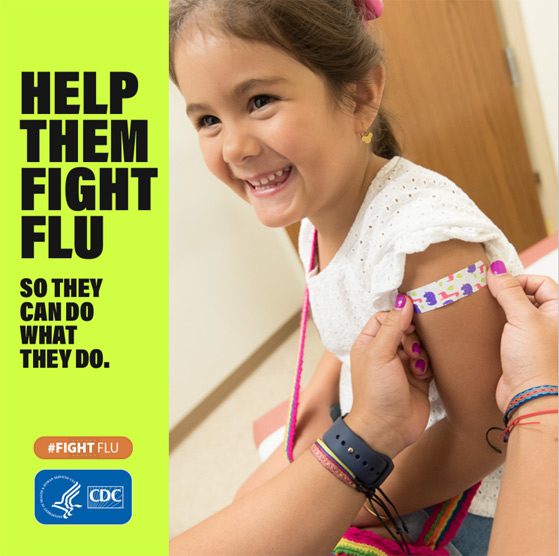Situation Summary on Influenza A (H3N2) Variant Viruses (“H3N2v”)
Situation Update
Influenza viruses that normally circulate in pigs are called “variant” viruses when they are found in people. Influenza A H3N2 variant viruses (also known as “H3N2v” viruses) with the matrix (M) gene from the 2009 H1N1 pandemic virus were first detected in people in July 2011. The viruses were first identified in U.S. pigs in 2010. In 2011, 12 cases of H3N2v infection were detected in the United States (Indiana, Iowa, Maine, Pennsylvania, and West Virginia). In 2012, 309 cases of H3N2v infection across 12 states were detected. In 2013, 19 cases of H3N2v across five states were detected. The most up-to-date information about H3N2v cases, hospitalizations, and deaths reported to CDC is available at: Case Count: Detected U.S. Human Infections with H3N2v by State since August 2011.
Infections with H3N2v have mostly been associated with prolonged exposure to pigs at agricultural fairs. Limited human-to-human spread of this virus has been detected in the past as well (Iowa, West Virginia) but no sustained or community spread of H3N2v has been identified at this time. It’s possible that sporadic infections and even localized outbreaks among people with this virus may occur. The Centers for Disease Control and Prevention (CDC) continues to monitor this situation closely and will report cases of H3N2v and other variant influenza viruses weekly in FluView and on the case count tables on this website. CDC has developed guidance for the public to protect against H3N2v, and guidance for public health and health care workers.
Background
Swine flu viruses do not normally infect humans. However, sporadic human infections with influenza viruses that normally circulate in swine and not people have occurred. When this happens, these viruses are called “variant viruses.” They also can be denoted by adding the letter “v” to the end of the virus subtype designation. Human infections with H1N1v, H3N2v and H1N2v viruses have been detected in the United States. Most commonly, human infections with variant viruses occur in people with exposure to infected pigs (e.g., children near pigs at a fair or workers in the swine industry). This is thought to happen mainly when an infected pig coughs or sneezes and droplets with influenza virus in them spread through the air. If these droplets land in your nose or mouth, or are inhaled, you can be infected. There also is some evidence that you might get infected by touching something that has virus on it and then touching your own mouth or nose. A third way to possibly get infected is to inhale particles containing influenza virus. Scientists aren’t really sure which of these ways of spread is the most common. Swine influenza has not been shown to be transmissible to people through eating properly handled and prepared pork (pig meat) or other products derived from pigs.
CDC Assessment
It’s possible that sporadic infections and even localized outbreaks among people with this virus may occur. While there is no evidence at this time that sustained human-to-human transmission has occurred, all influenza viruses have the capacity to change and it’s possible that this virus may change and become widespread in people. Illness associated with H3N2v infection so far has been mostly mild with symptoms similar to those of seasonal flu. Like seasonal flu, however, serious illness, resulting in hospitalization and death is possible. In 2012, for example, of 309 human infections with H3N2v, 16 people were hospitalized and one of these people died. Most of the people who were hospitalized and the person who died had one or more health or age factor that put them at high risk of serious flu-related complications. People at high risk of serious complications from seasonal influenza and H3N2v include children younger than 5, people with certain chronic conditions like asthma, diabetes, heart disease, weakened immune systems, pregnant women and people 65 years and older. CDC has issued guidance for people attending fairs where swine might be present, including additional precautions for people who are at high risk of serious flu complications. Limited serologic studies indicate that adults may have some pre-existing immunity to this virus while children do not. Most cases of H3N2v infection have occurred in children who have little immunity against this virus.
For more general information about variant influenza viruses, see Variant (Swine Origin) Influenza Viruses in Humans.
